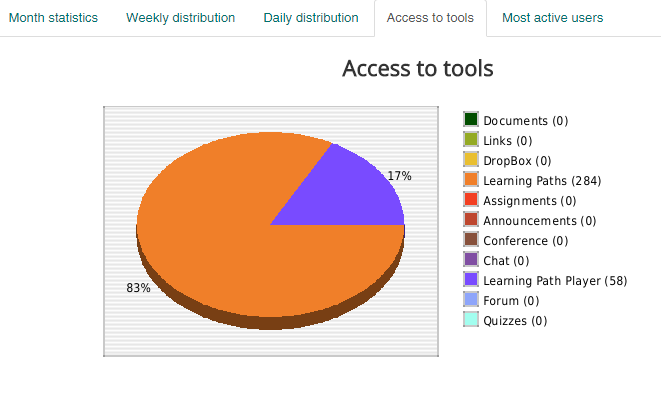Thousands of businesses all over the world use learning management software for corporate training and professional development. However investment into buying LMS for business development is not enough to ensure immediate high ROI of this. Unclouded future of LMS purchase and deployment, ROI lies in accurate selection corresponding to business aims and effective use.
The article was last updated on August 22nd 2016.
Thousands of businesses all over the world use learning management software for corporate training and professional development. However investment into buying LMS for business development is not enough to ensure immediate high ROI of this. Unclouded future of LMS purchase and deployment, ROI lies in accurate selection corresponding to business aims and effective use.
Actually LMS implementation requires investment into such things like:
- LMS acquiring (license);
- Learning environment creation;
- Personnel education how to use it;
- Management routine
and other things.
Here a question comes: is it real to maximize ROI (return on investments)?
There are no accurate means of LMS ROI calculating as there is a number of factors to take into consideration such as LMS implementation goal (cut of overall training costs, employee qualification improvement and its future benefits), industry type and much more. However, there is a way of receiving an extra economy from the cost per learner point of view: the more learners you have the lower price per learner is.
For example, let’s have a look at the JoomLMS pricing policy: the price per learner in a Standard license for 100 users is 3$, while the license for 10 000 users already offers 0,2$ as the price per learner and this amount can be even lower if you have unlimited number of learners. Thus, LMS costs are minimal and employee training isn’t costly.
Most common prejudices, concerning LMS implementation, are a low effectiveness and a low level of monitoring. Companies prefer to stay conservative, using customary means of employees training. However such approach is outdated and should be revised. Let’s have a close look at these myths and try to define means of ROI maximization.
A low level of LMS effectiveness is the myth №1. To maximize effectiveness, LMS implementation should be started from a small group of devoted and enthusiastic people and then little by little proceeding to a full-scale usage. The reason why such kind of approach is the most acceptable is a chance to reveal and fill in the gaps of LMS in terms of a small group, excluding large-scale mistakes by taking into account feedback and constant effectiveness monitoring by numerous means of LMS, such as reporting system and different LMS level access.

Here the second myth’ disclosure about a low level of monitoring comes. LMS reporting feature enables the LMS owner to see course completion statistics and individual learner’s progress. This kind of information shows employees’ attitude towards the training (if an employee ignores the training course their negative image is created in the manager’s eyes) and learner’s performance, thereby indicating whether an employee is worth keeping and investing money in.
However, if there is low activity, insufficient progress and effectiveness, it’s a signal for necessary changes.
If LMS doesn’t bring expected results, there is a number of ways to improve its performance and thus attract staff’s attention:
- Describing LMS learning benefits, mentioning the qualification development and therefore career rise opportunities;
- Following the trends. Everybody nowadays is online, sharing their thoughts, ideas, expressing opinions. Modern LMSs are compatible with Social platforms (in case of JoomLMS it is JomSocial and CommunityBuilder) Social collaboration between learners not only makes the process of learning less formal but allows knowledge sharing and learning from each other;
- Enriching the content you provide. Don’t limit your LMS to text only, add multimedia files, links to useful external materials, blogs and forums.
Thus, correctly organized LMS usage will not only maximize ROI, but will increase staff performance, results quality and will make the business process more effective, especially if the business is connected with customer service and management.
What to read next?
Use LMS To Sell Courses Online
How Does Rapid eLearning Work?
How to Use LMS Reporting to Improve ELearning Performance








